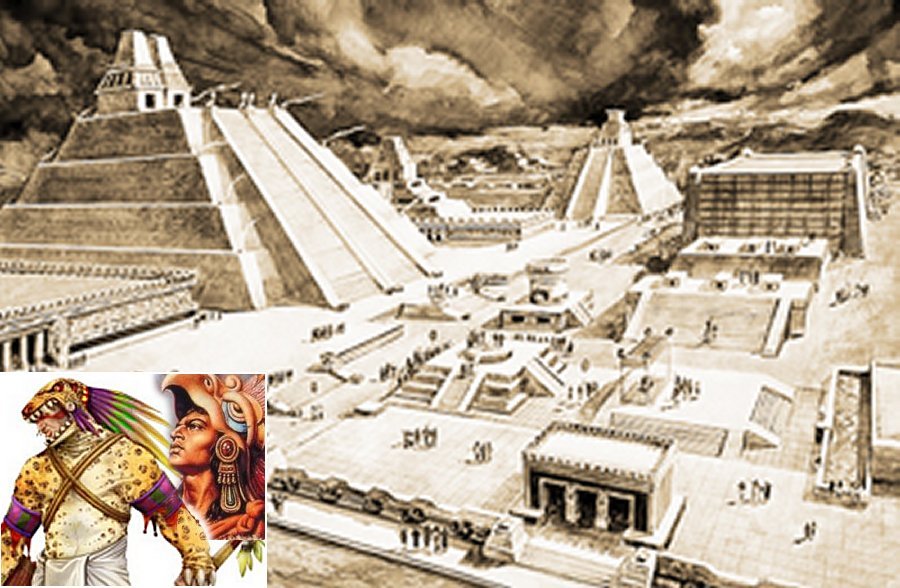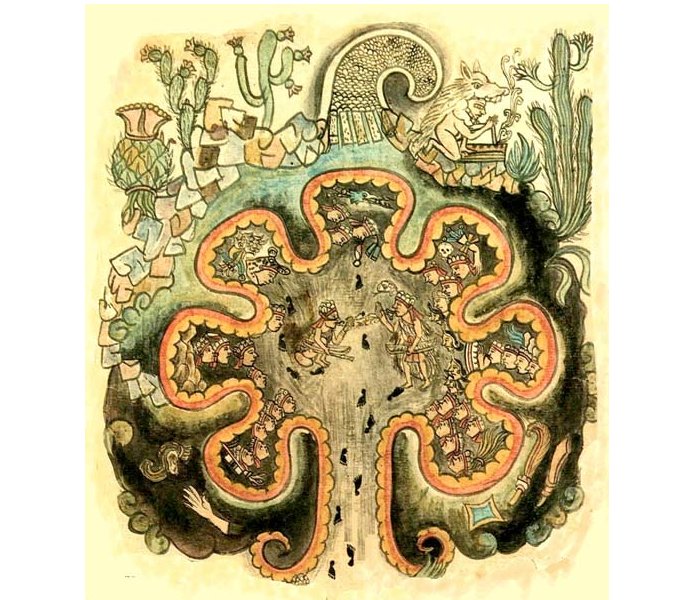Why The Aztecs Called Themselves ‘Mexica’
Conny Waters - AncientPages.com - Originally, the tribe we all know today as Aztecs, was once known as the Mexica, from which the modern name of the country of Mexico is derived.
When Aztecs found their new homeland, they changed their name to Mexica, ‘people from Mexico’.
The legend says the Aztecs came from Aztlan, which is the place of their origin, but this legendary homeland still remains unidentified. In Nahuatl language, the Aztecs -means the people who came from Aztlan and they really believed they once resided in this mythological or semi-mythological place.
The term Azteca ('Aztecah') originally meant "people of the Aztlan" and referred only to a small tribe that – after long wandering (as the last of all peoples in Central America) finally settled at Coatepec (in Nahuatl: ‘The Hill where the Snakes are‘) on the Mexican Plateau near Tula.
The starting point of the Aztec origin myth is a place known to the Mexica as Chicomoztoc, a place from which they emerged from one of seven caves. Chicomoztoc, however, was only the first stage of the supposed history of the Mexica before they finally found themselves in their historically known territory and established a regional power.
The Mexica are the source from which most of the accounts of the Aztec origin myth were recorded.
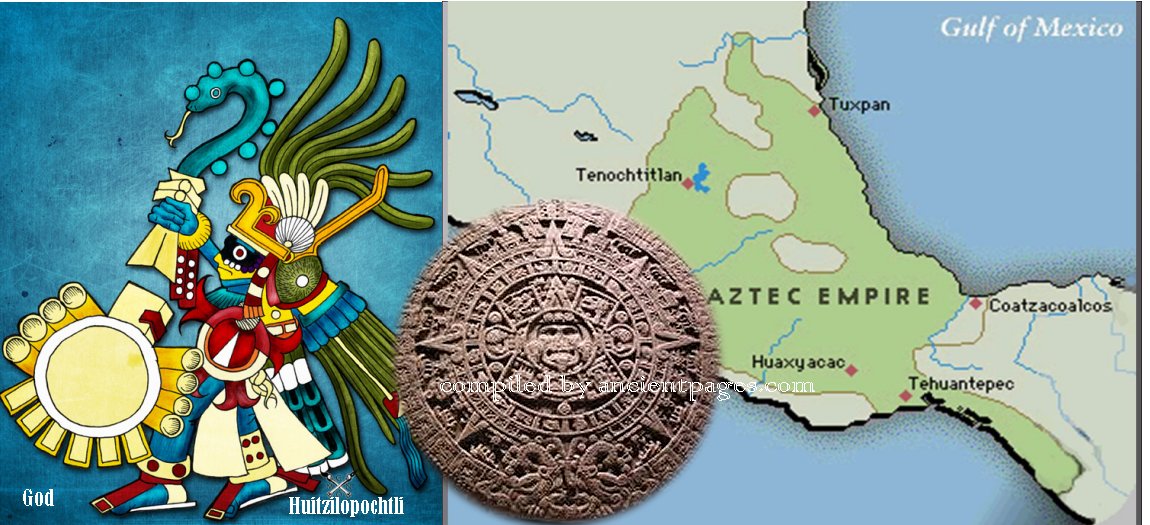
It was Alexander von Humboldt, a Prussian geographer, naturalist, explorer, who named the Mexica - the Aztecs. He put together the name “Aztlan” and “tec(atl)” where Aztlan “('Place of the Herons') was the mythical homeland of the Mexica, and -teca(h) literally means ‘people of’. Today the name 'Aztec' refers to not only the Mexica but also to the Nahuatl-speaking peoples of the Valley of Mexico and its surroundings.
Experts on Mexican history including Dr. Alejandro Villalobos, the people we call today Aztecs, became the Mexica when their god Huitzilopochtli appeared in a dream to four priests (Teomama). According to a legend, they took this name because Huitzilopochtli was also – Mexi. So, Mexica also means ‘sons of Mexi or ‘sons of Huitzilopochtli’.
In the Aztec religion, Huitzilopochtli was the national god of the Mexicas of Tenochtitlan. He was the god of war, sun, and human sacrifice and the patron of Tenochtitlan. The Mexicas founded the city of Tenochtitlan, which would eventually become the capital of the Aztec Empire.
The Aztecs/Mexica are indeed mysterious people, especially regarding their origin. There are countless theories trying to explain, who they really were.
See also:
Aztecs: Facts And History About The Ancient And Powerful Mesoamerican Civilization From Aztlán
Aztec Empire: ‘Tlatoani’ – The Ruler With The Ultimate Power In The Land
Fearsome Aztec Eagle Warriors And Jaguar Warriors Of Mesoamerica
The Toltec theory of the first wave of Mexica is that they arrived in central Mexico states around 540 BC from what is now the Southwestern US. "The Aztec Calendar Handbook," says that the so-called Aztlan and the legendary seven caves often mentioned in legends of these people was a site known today - Kanab, Utah.
Others believe the group originated in the old Tule lakes in northeastern Siskiyou County and northwestern Modoc County in California, along the border with Oregon. Still, some others propose the mythical Aztlan might be eastern Oakland.
Perhaps we’ll never know where the Mexica’s Aztlan was located but they confirmed their existence historically. Their powerful empire was founded in Tenochtitlan on an island in Lake Texcoco in the Valley of Mexico, on June 20, 1325.
Tenochtitlan was not created accidentally. According to legend, the wandering Mexica observed an eagle devouring a snake while sitting on a cactus, a sign they had supposedly been informed they would see by their patron god Huitzilopochtli upon leaving Atzlan.
Written by Conny Waters – AncientPages.com Staff Writer
Copyright © AncientPages.com All rights reserved. This material may not be published, broadcast, rewritten or redistributed in whole or part without the express written permission of AncientPages.com
More From Ancient Pages
-
 What Did Houses For Ordinary People In Sumer Look Like?
Ancient History Facts | Jul 30, 2017
What Did Houses For Ordinary People In Sumer Look Like?
Ancient History Facts | Jul 30, 2017 -
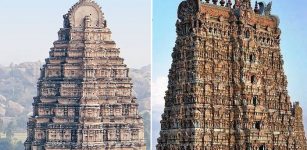 Vimana Temples – Architectural Marvel Of India
Civilizations | Dec 31, 2018
Vimana Temples – Architectural Marvel Of India
Civilizations | Dec 31, 2018 -
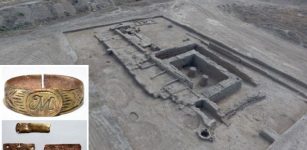 Stunning Ancient Khanqah With Large Underground Crypt, Ritual Halls And Burials Discovered In Turkestan
Archaeology | Aug 14, 2020
Stunning Ancient Khanqah With Large Underground Crypt, Ritual Halls And Burials Discovered In Turkestan
Archaeology | Aug 14, 2020 -
 On This Day In History: ‘Bloody Sunday’ In Northern Ireland – On Jan 30, 1972
News | Jan 30, 2017
On This Day In History: ‘Bloody Sunday’ In Northern Ireland – On Jan 30, 1972
News | Jan 30, 2017 -
 Omphalos – Mysterious Ancient Sacred Object And Its Meaning
Artifacts | May 24, 2017
Omphalos – Mysterious Ancient Sacred Object And Its Meaning
Artifacts | May 24, 2017 -
 10,000-Year-Old DNA Offers Insights Into South African Population History
DNA | Sep 24, 2024
10,000-Year-Old DNA Offers Insights Into South African Population History
DNA | Sep 24, 2024 -
 Remarkable Discovery Of Ancient Drilled Bear Teeth In Kansas – How Did They End Up On The Great Plains?
Archaeology | Mar 25, 2022
Remarkable Discovery Of Ancient Drilled Bear Teeth In Kansas – How Did They End Up On The Great Plains?
Archaeology | Mar 25, 2022 -
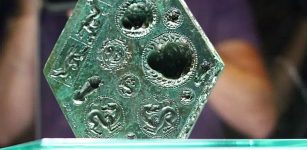 Unique 2,000-Year-Old Hexagonal-Shaped Bronze Matrix Of Sarmizegetusa Regia, Romania
Artifacts | Jan 7, 2016
Unique 2,000-Year-Old Hexagonal-Shaped Bronze Matrix Of Sarmizegetusa Regia, Romania
Artifacts | Jan 7, 2016 -
 1500-Year-Old Mystery Of The Sandby Borg – Excavation Of Ringfort On Öland, Sweden
News | Jan 1, 2014
1500-Year-Old Mystery Of The Sandby Borg – Excavation Of Ringfort On Öland, Sweden
News | Jan 1, 2014 -
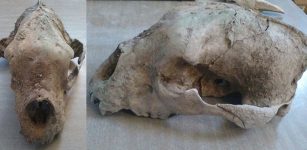 Skull And Jaw Of Giant Bear Of The Late Pleistocene Found In Buenos Aires
Archaeology | Mar 15, 2018
Skull And Jaw Of Giant Bear Of The Late Pleistocene Found In Buenos Aires
Archaeology | Mar 15, 2018 -
 Rosicrucians: Facts And History About The Mysterious Secret Society
Featured Stories | Oct 20, 2016
Rosicrucians: Facts And History About The Mysterious Secret Society
Featured Stories | Oct 20, 2016 -
 Beads Show European Trade In African Interior Used Indigenous Routes
Archaeology | Sep 17, 2022
Beads Show European Trade In African Interior Used Indigenous Routes
Archaeology | Sep 17, 2022 -
 Unraveling The Mystery Of A Lost Biblical Underground World – Is A Precious Ancient Artifact The Answer?
Ancient Mysteries | May 30, 2018
Unraveling The Mystery Of A Lost Biblical Underground World – Is A Precious Ancient Artifact The Answer?
Ancient Mysteries | May 30, 2018 -
 Sword-Kladenets – Hidden Treasure Awaiting A Worthy Hero
Featured Stories | Feb 15, 2021
Sword-Kladenets – Hidden Treasure Awaiting A Worthy Hero
Featured Stories | Feb 15, 2021 -
 Mystery Of Vangchhia Ancient Site: Water Pavilion And Ingenious Idea Of Water Harvesting
Archaeology | Feb 21, 2019
Mystery Of Vangchhia Ancient Site: Water Pavilion And Ingenious Idea Of Water Harvesting
Archaeology | Feb 21, 2019 -
 19th Century Mass Grave With Hundreds Decapitated “Vampires” Discovered In Polish Village
Archaeology | Jun 23, 2023
19th Century Mass Grave With Hundreds Decapitated “Vampires” Discovered In Polish Village
Archaeology | Jun 23, 2023 -
 Seti I – Remarkable Pharaoh Who Saved The Kingdom Of Egypt And Gave It New Glory
History | Jun 15, 2021
Seti I – Remarkable Pharaoh Who Saved The Kingdom Of Egypt And Gave It New Glory
History | Jun 15, 2021 -
 Why Are There No Unicorn Fossils In A Museum?
Archaeology | Mar 17, 2023
Why Are There No Unicorn Fossils In A Museum?
Archaeology | Mar 17, 2023 -
 3,000-Year-Old African Musical Instrument Can Help Modern Medicine
Archaeology | Sep 19, 2018
3,000-Year-Old African Musical Instrument Can Help Modern Medicine
Archaeology | Sep 19, 2018 -
 Svarog: God Of Cosmic Fire And Ruler Of The Sky In Pre-Christian Slavic Pantheon
Featured Stories | Aug 15, 2017
Svarog: God Of Cosmic Fire And Ruler Of The Sky In Pre-Christian Slavic Pantheon
Featured Stories | Aug 15, 2017

